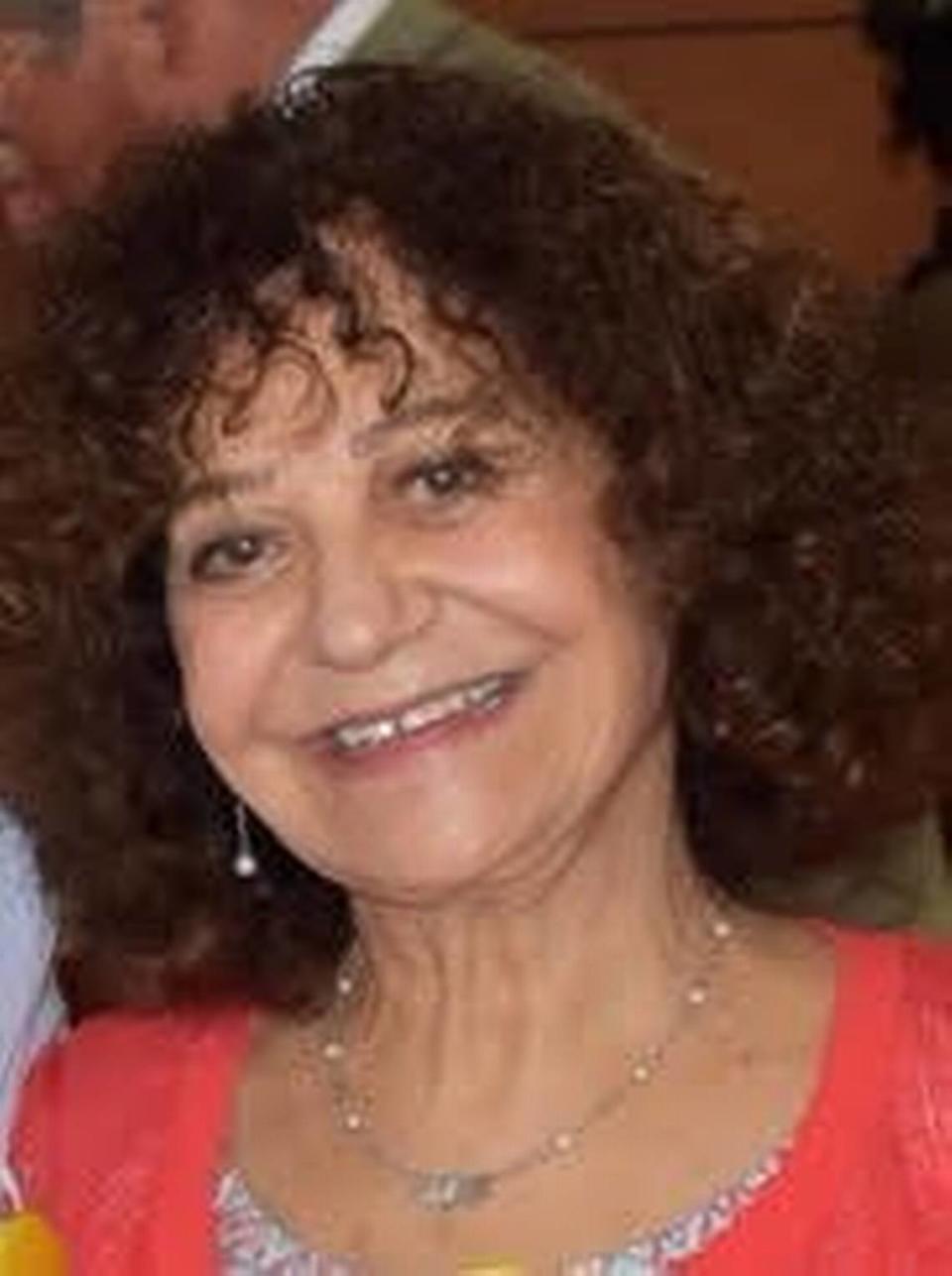Fresno woman recalls what changed her life in 1950: Her family’s first television | Opinion
My first viewing of a television screen remains a vivid memory. I can still picture my family braving a cold December evening in Fresno in early 1950, bundled in coats, scarves, mittens, standing with other families on the sidewalk in front of a furniture store display window in the Tower District.
Huddled together, we stared at the small screen projecting a program in black and white that none of us could hear. Yet, there we stood, shivering, mesmerized by this visual technology.
The Jones family purchased the first black-and-white television on the block. After school we neighborhood kids gathered on the living room wall-to-wall carpet to watch Western matinees: Roy Rogers, Gene Autry, Hopalong Cassidy, The Cisco Kid, The Lone Ranger. We whooped as the heroes chased bad guys, gradually scooting toward the blond, four-legged console until Mrs. Jones warned us to “backup or go blind!”
By late 1950 most families owned a television, including mine. During the day, Bob Crosby, Arthur Godfrey, and other talk show hosts entertained our stay-at-home moms, followed by “soap operas,” “Days of Our Lives” being my mother’s favorite, and game shows like “To Tell the Truth” and “The Price is Right.” Mothers rushed through dish washing, sweeping, ironing, and pre-dinner preparation to settle in front of the TV with knitting needles or a sewing basket. I remember my mom’s hands always busy darning socks or embroidering dish towels.
My family ate dinner early and then gathered in the living room for the evening news with Edward R. Morrow and Walter Cronkite, which my father enjoyed. Afterward, we kids sat among the lotus blossoms on the living room rug to watch “Gunsmoke’s” Marshal Matt Dillon bring law and order to the West, Sgt. Joe Friday solve crimes on “Dragnet,” and wheelchair-bound attorney, Perry Mason, win court cases. We cheered these heroes, who proved good guys always triumph.
Opinion
But most influential for the kids in my generation was TV’s depiction of the all-American family with the father being at the head: “Ozzie and Harriet Nelson,” “Father Knows Best” with Robert Young, “Make Room for Daddy” with Danny Thomas, and “Leave it to Beaver” with Jerry Mathers.
Even dog shows like “Lassie” and “Rin-Tin-Tin” focused on family values. These programs modeled problem-solving via communication, with good parenting portrayed as praise and support in a loving environment. The dominant, strict disciplinarian model, rule by “the five brothers” as my mother called her swatting hand (often threatening to land on my bottom), gave way to talk and reasoning in TV families.
Also popular in the evenings were musical variety shows hosted by celebrities like Bob Hope, Bing Crosby, Polly Bergen, Perry Como, and Loretta Young. I can still see the glamorous Ms. Young gliding down a staircase in her flowing gown, Perry Como sitting on a stool, crooning “Arrivederci Roma,” and the iconic, stoic faced, Ed Sullivan introducing Elvis Presley who sang “You Ain’t Nothin’ but a Hound Dog” to screaming teens in September of 1956.
However, the TV show dominating my teen years was Dick Clark’s “American Bandstand.” I remember pushing aside the coffee table and dancing among the lotus blossoms on our living room rug, mimicking the show’s “regulars” like Justine and Bob. From Bandstand, my friends and I learned the two-step, cha-cha, calypso, jitterbug, twist, hand-jive, bop, and stroll. We showed off these dance moves at Hamilton Junior High and then at Fresno High, the music from the juke box in the “Waldorf,” FHS’s cafeteria, accompanying our noontime bebopping.
Dick Clark’s “Bandstand” popularity resulted in copycat shows across the country. “Fresno Bandstand “ hosted by television personality Al Radka aired live on Saturday afternoons in a downtown TV studio. My sophomore year, Alan Butterfield and I were regulars on the show, vying for space in front of the mounted cameras encircling a crowded dance floor.
As I reflect on the history and influence of television, I clearly see the 1950s and ‘60s sitcoms as reflecting a modernization of parenting philosophy as well as the birth of a rock and roll culture, from Bill Haley and the Comets to Elvis, Little Richard, Chuck Berry, Fats Domino, Jerry Lee Lewis and the Beatles, to name a few.
Today, television continues to influence our culture, reflecting an ever-growing, uncensored society, challenging parents to monitor their children’s viewing of cable, direct TV, streaming, and so on. But that’s another story.
Dr. Pauline Sahakian of Fresno is a retired Clovis Unified English teacher, CSU Fresno English composition instructor and teacher education instructor, and UC Merced Writing Project founding director. She was the 1994 Fresno County Teacher of the Year, California Teacher of the Year finalist, and 2016 CSU Fresno Noted Alumni Award recipient. [email protected] .

